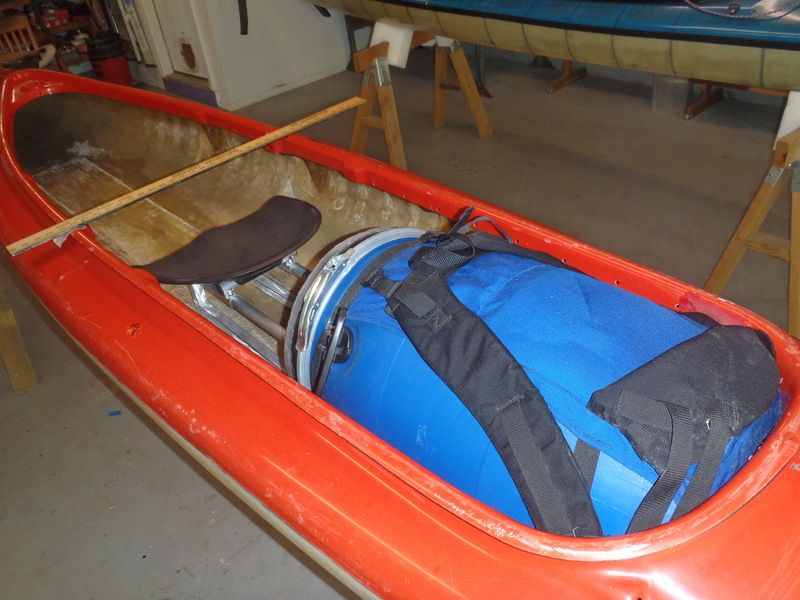G
Guest
Guest
I want the leading edge of that seat about 4 inches aft of the mid point of the canoe
That raises an interesting question about the placement of a “centralized” solo seat.
I still like a solo placed further back than most people since I am used to the backwards from the front seat scenario.
With the tandem canoes I have soloized for tripping purposes (OT Penobscot, MRC Explorer) I positioned the solo seat several inches further back of center than normal; I grew up solo paddling symmetrical tandems bow backwards and that position still feels natural to me.
Conk’s 4 inches back of center is, I believe, close to the usually factory seat placement in solo canoes (4 to 7 inches +/-), excepting some oddballs like the SuperNova.
I could go and measure, but from memory I have placed solo canoe seats with the front edge between 7 and 11 inches back of center, and generally prefer closer to the greater distance.
In part to accommodate my old school bow backwards familiarity, but also because I have some beef to me, with big feet, calves, thighs and belly.
With my weight distribution that seat position puts the empty canoe a little bow light. If I went to my knees on a seat 4 inches back of center I’d look like I’d been torpedoed and was going down by the bow.
Sitting, kneeling, boat use, gear load, dog companion, hull width, cross strokes, etc all go into fixed seat placement. So does paddler physiology.
Folks who have installed a fixed centralized solo seat, what is your preferred back-of-center placement and why?
For that matter where do sliding seat folks located their seats and how; by measuring from the slider fully forwards, the middle of the track, or ?


